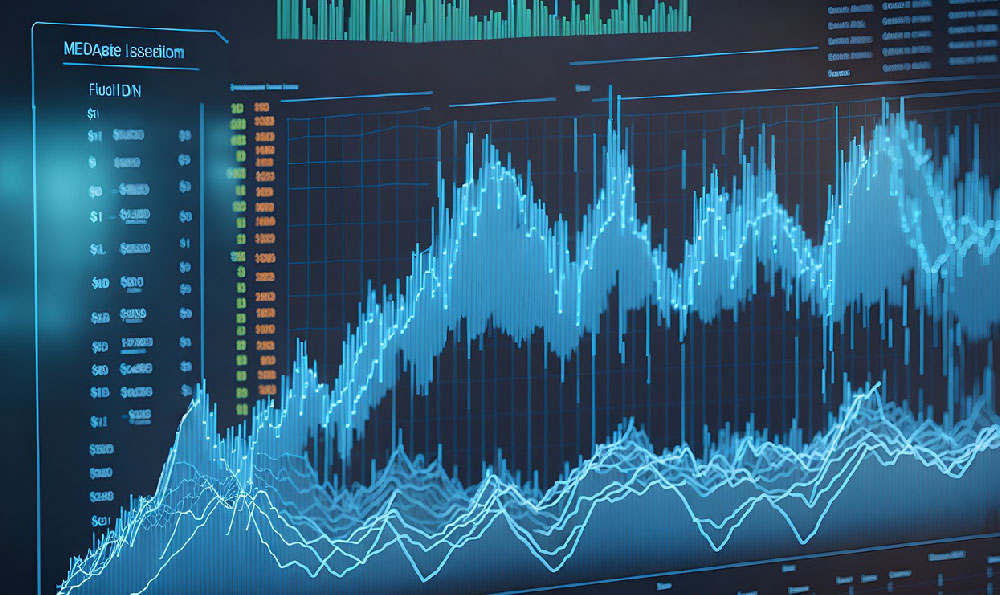Let's delve into the complex and often controversial topic of how prisons generate revenue and the subsequent financial implications. Understanding this intricate system requires examining the various streams of income that feed into the prison industrial complex, as well as the ethical and socio-economic consequences that arise from its operation.
One of the primary ways prisons generate revenue is through government funding. This funding comes from taxpayers and is allocated at both the state and federal levels. The amount allocated is often directly correlated to the number of inmates incarcerated, creating a perverse incentive to maintain or even increase prison populations. This dependence on incarceration rates to secure funding can lead to policies and practices that prioritize punishment over rehabilitation, as reducing the number of inmates could potentially decrease the budget allocated to the prison system.
Beyond direct government funding, prisons can generate revenue through various ancillary services and programs. One significant source is prison industries, often referred to as correctional labor or prison labor programs. These programs involve inmates working in various capacities, producing goods or providing services for both public and private entities. The range of these activities is vast, from manufacturing goods like furniture and clothing to providing services such as data entry, call center operations, and even agricultural work. While proponents argue that these programs offer inmates valuable skills and work experience, critics point to the low wages paid to inmates, often far below minimum wage, and the potential for exploitation. This cheap labor can undercut legitimate businesses, creating unfair competition and suppressing wages in certain sectors. The revenue generated from these prison industries is often reinvested back into the prison system, further perpetuating the cycle of incarceration and economic dependence.

Another avenue for revenue generation is through charging inmates and their families for various services. This can include fees for phone calls, commissary items, medical care, and even room and board in some cases. These fees can be exorbitant, disproportionately impacting low-income families who are already struggling to support incarcerated loved ones. The profit margins on these services can be significant, with private companies often contracted to provide these services at inflated prices. This creates a system where the prison system profits from the needs of inmates and their families, further exacerbating existing inequalities.
Furthermore, prisons can benefit financially from contracts with private companies to provide various services, such as food services, healthcare, and transportation. These contracts are often awarded based on competitive bidding processes, but concerns have been raised about transparency and potential conflicts of interest. Private prison companies, in particular, rely heavily on government contracts to operate, and their profitability is directly tied to the number of inmates they house. This creates a strong incentive for these companies to lobby for policies that support mass incarceration, such as stricter sentencing laws and the expansion of prison infrastructure. The financial implications of these contracts are significant, with billions of dollars flowing into the private prison industry each year.
The financial implications of prison revenue generation are far-reaching and complex. The reliance on incarceration rates for funding can lead to policies that prioritize punishment over rehabilitation, contributing to mass incarceration and its associated social and economic costs. The exploitation of prison labor can undermine legitimate businesses and suppress wages, while the charging of exorbitant fees to inmates and their families can exacerbate existing inequalities. The profits generated by private prison companies incentivize lobbying efforts that support mass incarceration, further perpetuating the cycle of crime and punishment.
Beyond the direct financial costs, there are significant social and economic consequences associated with the prison system's revenue generation model. Mass incarceration disproportionately affects marginalized communities, particularly communities of color, contributing to cycles of poverty, unemployment, and family instability. The removal of individuals from the workforce and their families due to incarceration can have a devastating impact on local economies. Moreover, the focus on punishment and revenue generation often comes at the expense of rehabilitation and reintegration, making it more difficult for inmates to successfully re-enter society after their release. This can lead to higher rates of recidivism, further contributing to the cycle of crime and incarceration.
Addressing the financial implications of prison revenue generation requires a multifaceted approach. Reforms are needed to reduce the reliance on incarceration rates for funding, prioritize rehabilitation over punishment, and eliminate exploitative practices within prison industries. Investing in alternatives to incarceration, such as community-based programs and restorative justice initiatives, can help to reduce prison populations and lower overall costs. Ensuring transparency and accountability in government contracts with private companies is crucial to preventing corruption and ensuring that taxpayer dollars are used effectively. Addressing the root causes of crime, such as poverty, inequality, and lack of access to education and employment opportunities, is essential to breaking the cycle of crime and incarceration. Ultimately, a shift away from a system that profits from incarceration towards one that prioritizes rehabilitation, prevention, and social justice is necessary to create a more equitable and sustainable future. This involves reconsidering the entire model of how prisons are funded and operated, moving towards a system that values human dignity and promotes the well-being of all members of society.











